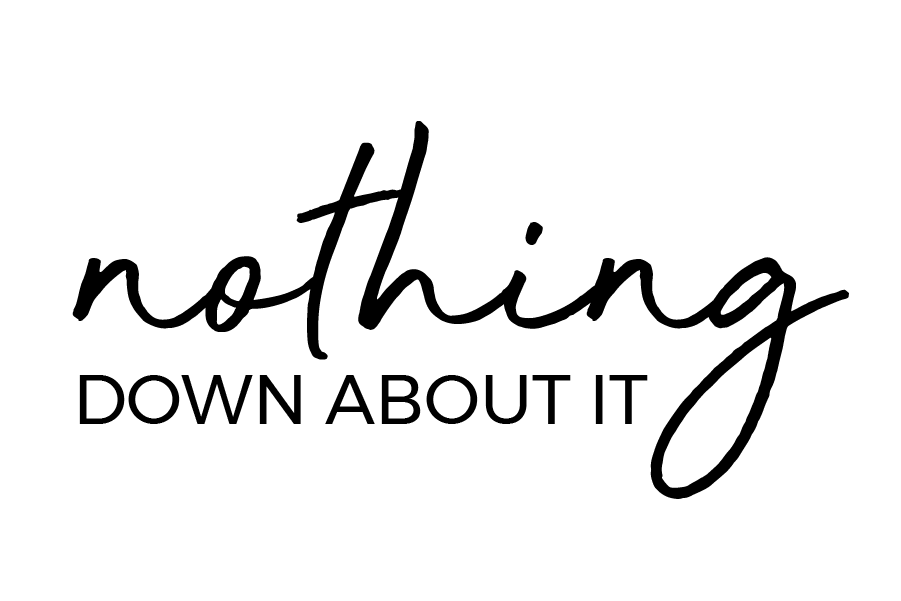DS Myth Busters
Before we had Welles, my husband and I both volunteered and worked with Down syndrome kids. We would attend events, help these cute kiddos play sports, do crafts and dance around with them. Then we returned home feeling happier and talking about how cute these sweet children were. That was about the extent of our knowledge on Down syndrome.
It's probably safe to say that most people aren't incredibly educated on Trisomy 21. If you don't spend a great amount of time with a DS individual, why should you know all the facts? I sure didn't.
As Down Syndrome Awareness month is coming to a close, I thought it might be a good idea to clear up some very common myths about DS. Some of these myths scared me to death when Welles was born. These angels are more like us than different. They aren't scary or weird. They're humans like you and me. But extra awesome... ;)
MYTH: People with Down syndrome have short life spans. The average lifespan of those with Down syndrome has increased significantly. In 1983 the expected lifespan was 25 years but it's now around 60 years. Before the 1980s, most people with Down syndrome were institutionalized and had limited access to education and medical care and some suffered abuse. With new laws, awareness and access to appropriate care, life expectancy has greatly increased.
MYTH: Most children with Down syndrome are born to older women. Most children with Down syndrome are born to women younger than 35 years old simply because younger women have more children. However, the likelihood of having a Down syndrome child increases with the age of the mother. With that said, most of the women I have met with a DS child, were in their 20's when they had them.
MYTH: Down syndrome is hereditary and runs in families. Down syndrome is hereditary in approximately 1% of all instances. In the other 99% of cases, Down syndrome is completely random. Translocation is the only type of Down syndrome known to have hereditary link. Translocation accounts for 3 to 4% of all cases of Down syndrome. Of those, one third (or 1% of all cases of Down syndrome) are hereditary.
MYTH: People who have Down syndrome all look the same. While there are certain physical features that are common amongst people with Down syndrome, such as a round face and almond-shaped, up-slanting eyes, they look more like their own family members than other people with Down syndrome.
MYTH: People with Down syndrome never fully grow up. Children with Down syndrome can go on to live healthy, productive lives, running their own homes and jobs.
There we have it. Happy Down Syndrome Awareness month!





